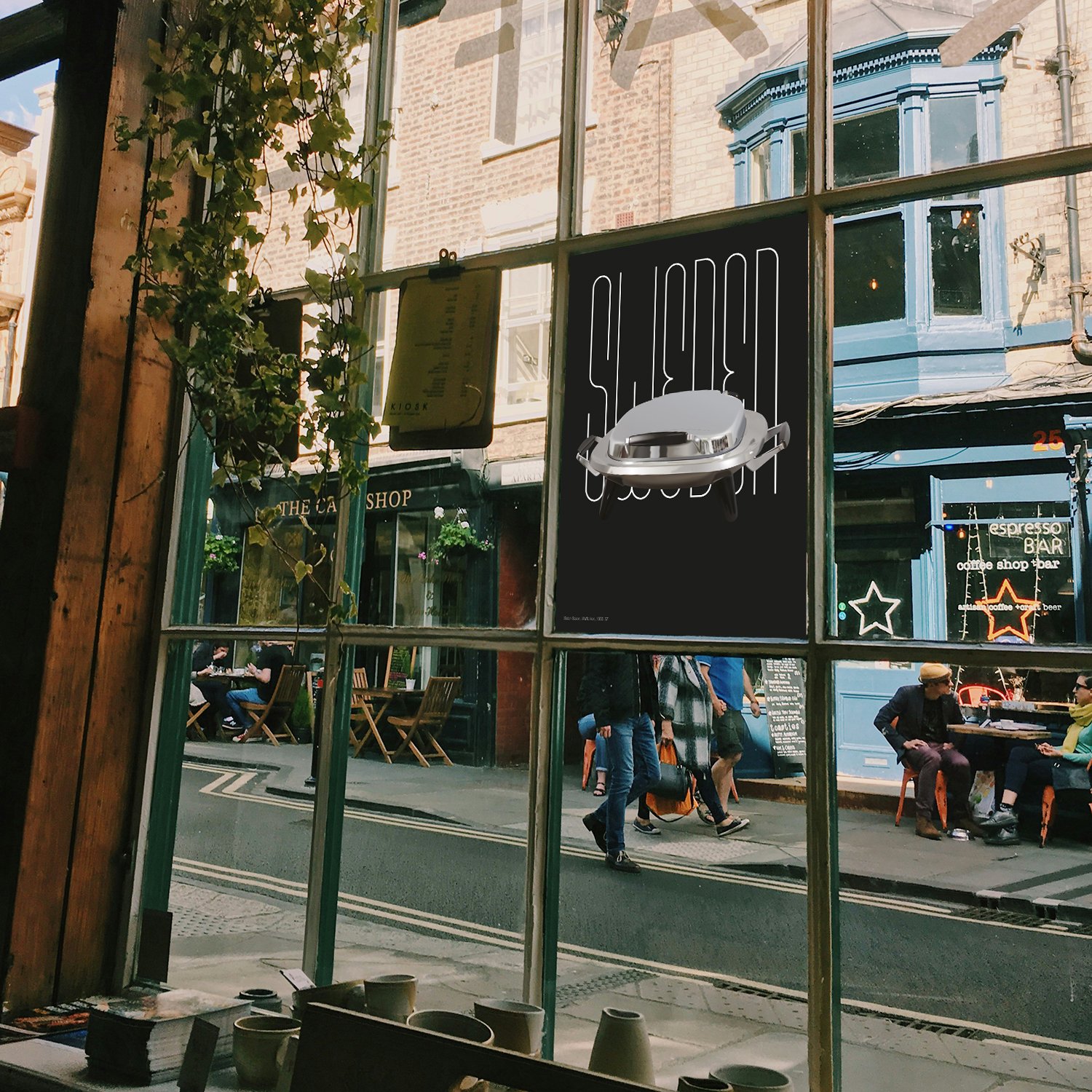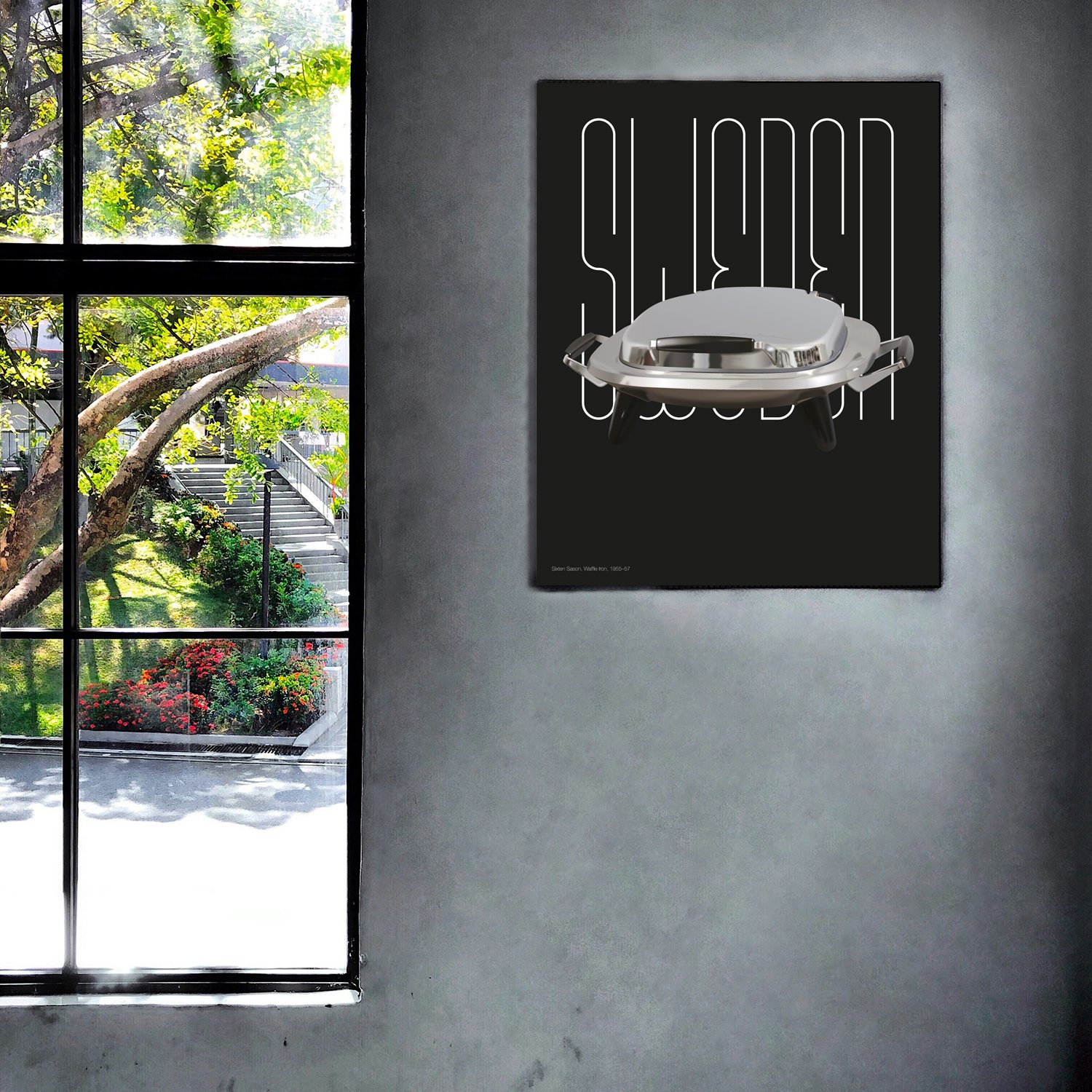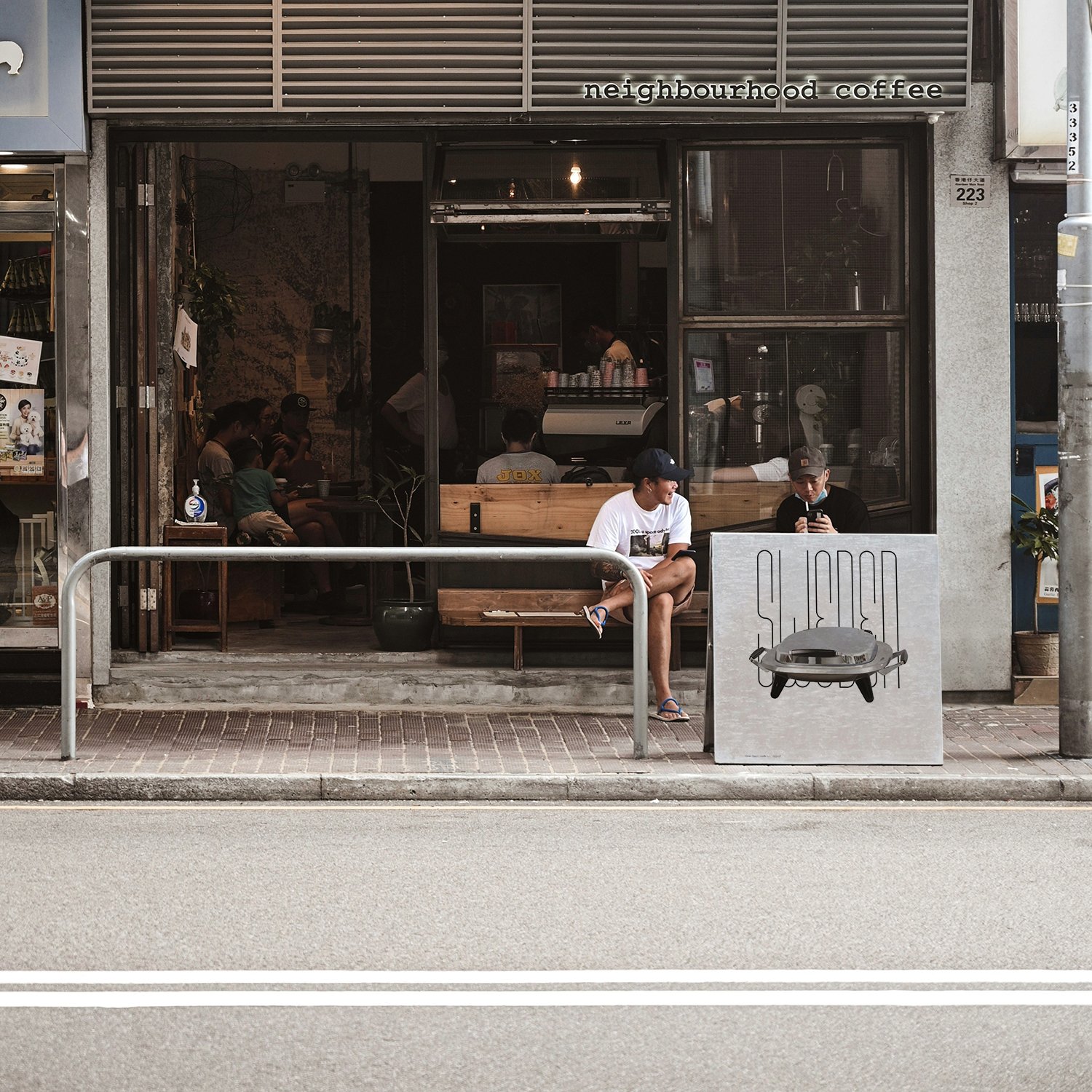In Sweden, the day of Annunciation is called Marie Bebådelsedag, (Mary’s Annunciation), or Vårfrudagen (the Day of our Lady). Vårfrudagen pronounced quickly became Våffeldagen, meaning Waffle Day, and all of a sudden this Christian celebration became a very secular waffle feast instead. At least that is the commonly accepted theory.
Waffles came to Sweden from Germany during the 17th century and have been enjoyed by Swedes ever since. Considering how expensive a waffle iron was in the olden days it remained a treat for the upper class for a very long time.
The first time waffles became associated with Annunciation was in 1867, in the region surrounding Gothenburg. It seems to have been a bit of a joke connecting the two, even from the beginning and the rather more plausible reason for the waffle feast was that it was a holiday and during holidays everyone tends to treat themselves to something nice.
Sixten Sason is one of Sweden’s most recognized industrial designers, mostly known for his streamlined designs for the Saab 92 and Saab 99. He also made several products for the kitchen ware company Husqvarna, amongst others the Waffle Iron, designed in 1957.













